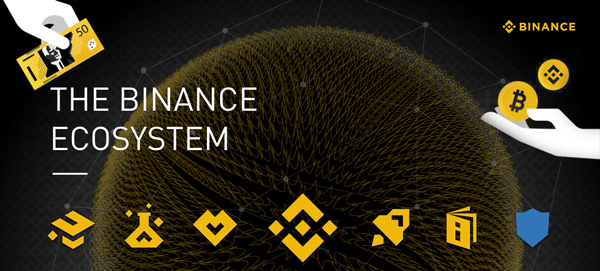
Circle, the leading stablecoin issuer, has announced its plan to deploy its native token USD Coin (USDC) on the Arbitrum network.
The Arbitrum Foundation also confirmed this deployment in a recent statement. This strategic decision aims to enhance liquidity and streamline cross-chain transfers, revolutionizing the user experience.
USDC Debut On Arbitrum
Ethereum layer 2 scaling solutions have increasingly gained traction. Apart from Optimism, Arbitrum is a prominent name in the layer 2 landscape. According to DefiLlama, total value locked (TVL) of DeFi protocols on Arbitrum reached $2.3 billion, followed by Optimism and zkSync Era.
The deployment of the native USDC token on Arbitrum is set to take place on June 8, marking a significant milestone for Circle and the stablecoin ecosystem.
By gradually phasing out the existing bridged USDC token version transferred from Ethereum, Circle will ensure a seamless transition for users. The bridged version will be assigned a new display token called USDC.e, while the native token version on Arbitrum will retain the familiar ticker symbol, USDC.
One of the key benefits of this deployment is the integration of the Cross-Chain Transfer Protocol (CCTP) bridge.
The solution aims to facilitate quick and efficient transitions between Ethereum and Arbitrum while enabling users to convert their assets and own a fully native version of USDC within minutes. With the native token in hand, users can conveniently deposit and withdraw funds in the blockchain space, enjoying a hassle-free experience.
Moreover, this deployment assures users of a 1:1 margin ratio, backed by reserve assets held by Circle. This ensures the stability and security of USDC, further solidifying its position as a trusted stablecoin in the market.
The introduction of the native USDC token on Arbitrum not only signifies Circle’s commitment to enhancing liquidity and user experience but also positions the company as a formidable competitor in the stablecoin market. In May, Circle launched Euro Coin (EUROC), an euro-based stablecoin on Avalanche blockchain.
As the second-largest stablecoin in the market, Circle aims to gain market share from its rival, Tether, by expanding its native token ecosystem and making strategic moves to adapt to the evolving economic landscape.
With this decision, Circle aims to address the challenges faced by traditional economies. By leveraging the power of blockchain technology and layer 2 scaling solutions, Circle aims to shape the future of stablecoins and establish itself as a leader in the industry.
USDC Protected Amid U.S. Debt Default Concerns
Over the past few weeks, the United States debt ceiling has dominated headlines and sparked intense discussions. As negotiations surrounding the debt ceiling failed to yield an agreement, concerns about the possibility of a U.S. default intensified.
The debt ceiling represents the legal limit on the amount of debt the U.S. government can accumulate to finance its operations and fulfill its financial obligations. Failure to raise or suspend the debt ceiling would have significant implications, potentially leading to a default on U.S. Treasury bonds and other financial obligations.
Amidst the backdrop, Circle has made a significant move to safeguard USDC from potential repercussions.
Circle stated in its monthly report that it divested all U.S. Treasury bonds from its reserve fund. This decision eliminates long-term Treasuries from the fund and reallocates 100% of the $24.7 billion fund into overnight U.S. Treasury Repurchase Agreements.
The shift in the reserve fund composition is a proactive measure to protect USDC against the risks associated with a possible U.S. debt default. Circle’s CEO, Jeremy Allaire, had previously expressed the company’s intention to prioritize short-dated U.S. Treasuries to ensure the stability of the stablecoin amidst the ongoing debt ceiling crisis.
The Senate has passed a debt-ceiling bill, aiming to avert the looming threat of a potential default. This legislative action provides temporary relief and stability to financial markets, easing concerns surrounding the U.S. potential default.





